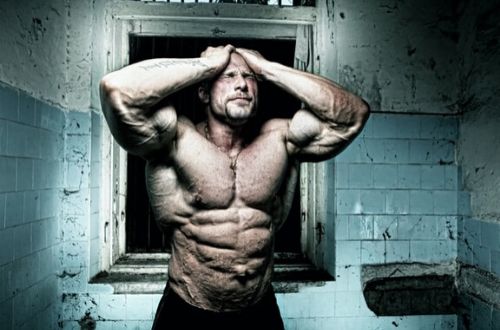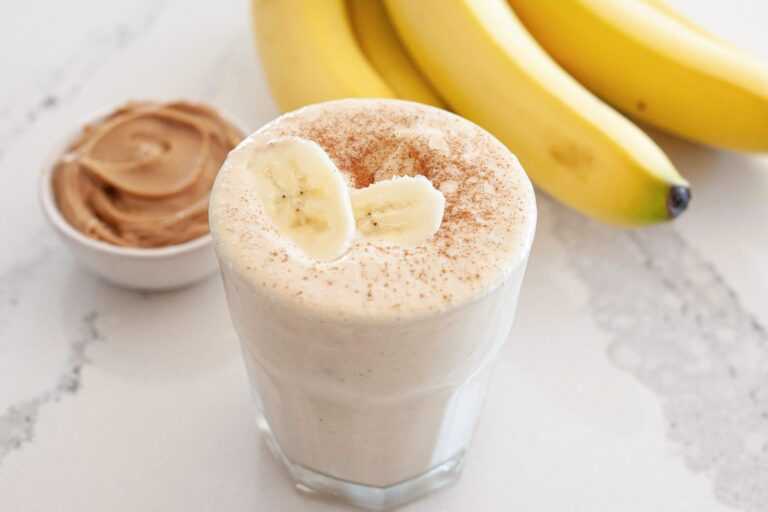Internet is full of blogs and videos suggesting high protein foods. But believe me, there is not one complete source for this information, as there various factors to be considered before we discuss the high protein food sources. In fact, most of these articles or videos are absolutely rubbish and made simply to gain more views.
Titles like “High Protein foods – best to worst”, “cheap high protein foods”, “Best high protein foods for muscle building”, “best high protein foods for fat loss” etc. don’t mean anything, and simply showcases the stupidity of the person making them.
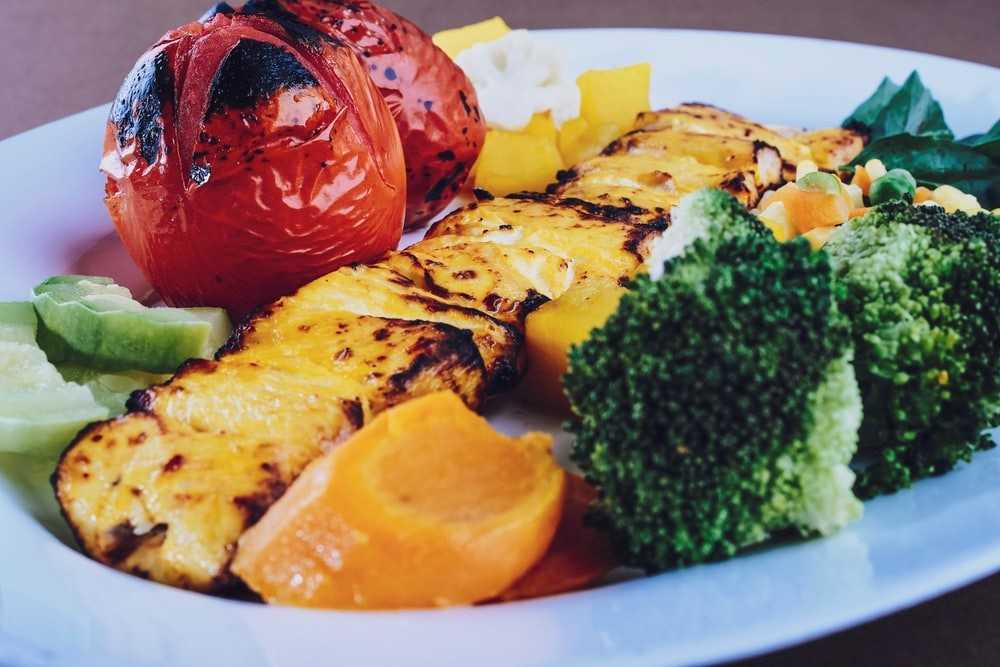
Before we understand the best protein foods, there are 5 concepts which we need to be clear on:
- Vegetarian diets are not deficient in proteins: There is a lot of controversy being created on the best protein foods for human consumption. One of the reasons for this controversy is the debate between vegetarian and non-vegetarian sources. We have already cleared the confusion on whether plant based diet can supply ample proteins.
Position statements and research by top nutrition bodies around the world have given a clear picture that vegetarians can get all amino acids when caloric requirements are met.
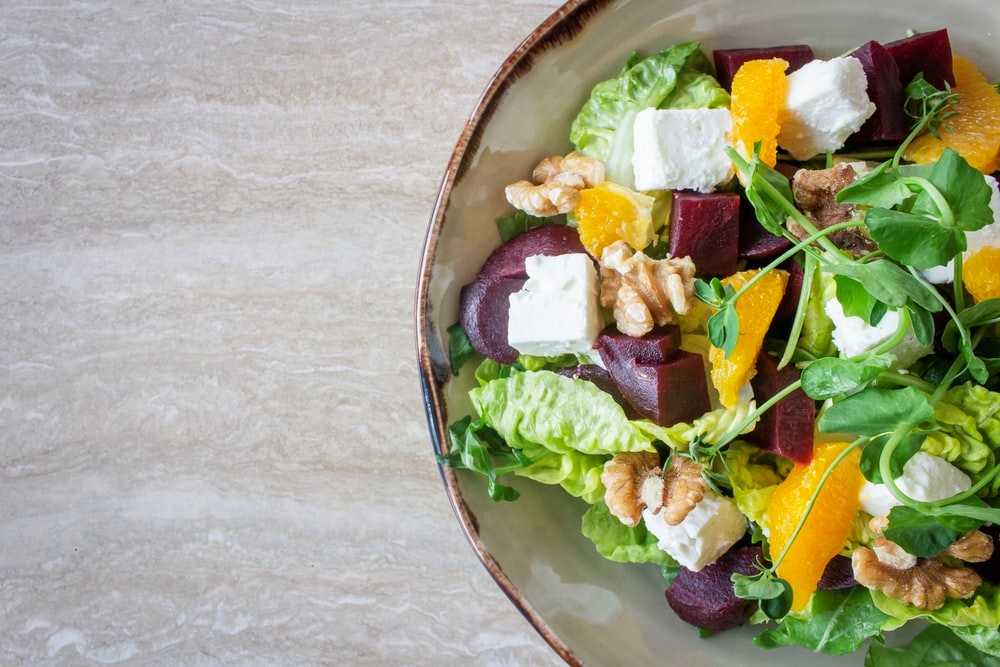
The concept of complete and incomplete proteins is more of a theoretical concept. As when we combine the vegetarian protein rich foods, the amino acids deficiency of one food is covered by the other one, which makes it a complete protein source. For example, cereals, and especially wheat, are particularly limited in their lysine content, and legumes are low in methionine.
In comparison to animal proteins, plant proteins have lower levels of leucine, methionine, lysine and tryptophan. Foods such as beans and legumes are rich sources of lysine however, and leucine can be obtained from soy beans and lentils. Other BCAAs can be found in seeds, nuts and chickpeas, meaning that these amino acids can be obtained by consuming a variety of protein- rich, plant-based foods.
Dairy products are excellent source of all EAAs and BCAAs, and should form the base for most vegetarians, specially sportsmen, except for the people who are lactose intolerant (they can still consume whey isolates and curds, buttermilk etc.).
Vegans, who don’t consume any animal products, including milk products, can find it a bit more challenging, but still it’s not a big issue. Pulses, legumes, Soy, whole grains, vegetables, nuts and seeds etc. are all great protein sources.
Protein from a variety of plant foods, eaten during the course of a day, supplies enough of all indispensable (essential) amino acids when caloric requirements are met. This is one reason why strict protein combining is no longer considered to be necessary.
It was once thought that plant proteins needed to be combined within a meal by mixing grains and legumes to create a “complete” protein, also called complementary proteins. However, our liver can store amino acids long term, meaning we do not have to combine them in one meal.
An assortment of plant foods eaten over the course of a day can provide all essential amino acids and ensure adequate nitrogen retention and use in healthy adults; thus, complementary proteins do not need to be consumed at the same meal.
2. Amino acid Pool: the amino acid pool consists of all the amino acids available in the body for protein synthesis at a given time. All these amino acids come from all different sources, and they get mixed up to form a general amino acid pool (Amino acid Pool). Liver is the main organ acting during this process, in which its main function is to regulate blood levels amino acids based on tissue needs.
During protein turnover, the body is also constantly breaking down its old and damaged proteins, recycling any amino acids it can and rebuilding these protein structures if appropriate. These released amino acids, as well as those supplied from our diet, make up the amino acid pool in our blood.
Essential amino acids must be consumed in the diet because the body lacks the ability to generate these amino acids. There is a continuous demand for amino acids in the body so that protein homeostasis can be maintained.
The amino acid pool is highly regulated, and must be supplied in different ways: exogenous proteins from the diet, the breakdown of tissue protein during the process of protein turnover, synthesis of nonessential amino acids etc.
That’s the reason, why we don’t have to worry about proteins coming from one meal or only non-veg sources. What matters is the amount and variety of protein foods you have consumed throughout the day.
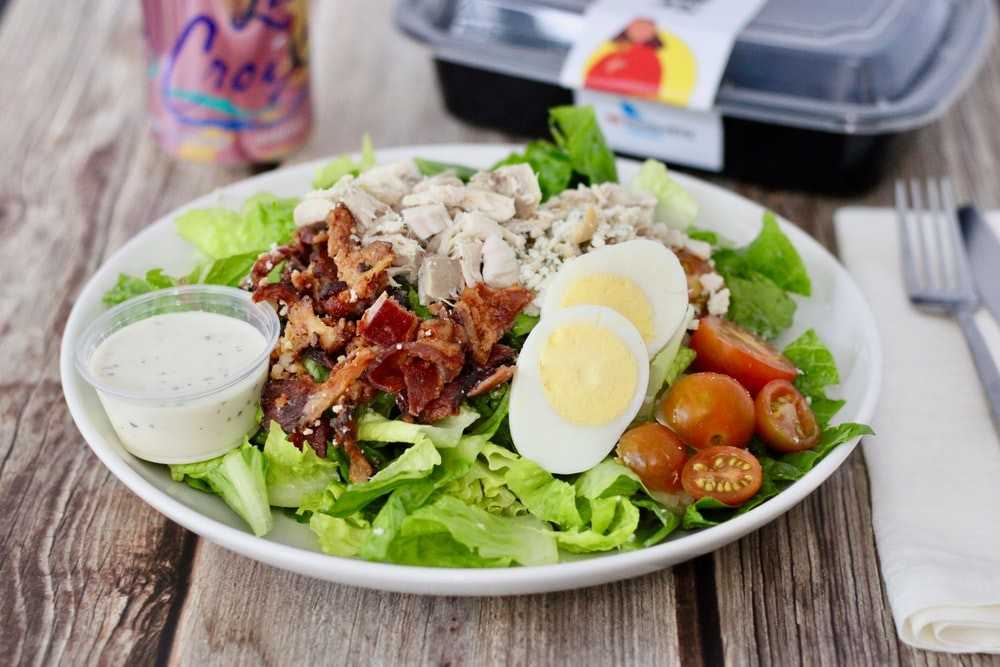
3. How do we measure the protein quality:
Two foods may have the same amount of protein but the amino acid profile may differ. There are many quality indexes which measure the ability of a protein to provide the necessary amino acids for optimal functioning. These are:
- Biological value
- Net protein utilization (NPU)
- Net dietary protein energy ratio
- Protein efficiency ratio (PER)
- Net Protein Ration
- Amino acid score
- Protein digestibility corrected amino acid score (PDCAAS)
- Digestible Indispensable Amino Acid Score (DIAAS)
But the problem with all these indexes is the fact that, most of them (except PDCAAS & DIAAS) use rodent studies to determine protein quality. Using amino acid needs of rats’ results in overestimation of protein quality of animal protein and underestimation in case of plant protein.
Generally PDCAAS is considered widely as the gold standard of protein quality assessment. But some issues have cropped up with PDCAAS overtime. Given these concerns, an updated assessment of protein quality was proposed by the Food and Agriculture Organization Expert Consultation, in 2013. This newer system is called the Digestible Indispensable Amino Acid Score (DIAAS).
But to know the highest quality protein foods, we will consider both PDCAAS & DIAAS scores.
4. We Eat Food not Nutrients: There are large number of high protein foods, for all the three categories. Some have higher protein, but high carbs and fats too, some are high protein but low carb and fat, some are high protein but moderate carbs and fats and so on. But I have emphasized on this point a number of times, that we do not eat individual items. We eat food and when meals are prepared, they have a large variety in them, and overall nutrition factor is considered, which includes fats, carbs, fibre, micronutrients, and not just protein.
Lot of amazing dishes which we cook in our households are generally, much more nutrition dense than when we see the individual foods. For e.g. paneer is a great protein source and so is spinach or palak. But when we make palak paneer, it becomes extremely nutrient dense.
5. Sportsmen vs Bodybuilders vs Normal Individuals – this may be the most confusing points to be considered, as the internet is full of such articles or videos on high protein foods. People get more confused, as they are not made to understand the clear difference between a normal individual, a sportsman and a bodybuilder.
Firstly, over 99% of the people in the world are not competitive sportsmen. And out of those <1% sportsmen, a very small percentage are bodybuilders. Among these bodybuilders, only when they are in the competition season, they need to worry about foods with lower carbohydrate and fat percentage. This is because they have to be extremely ripped for the competition. No other sport, needs that amount of low carb or low fat diets, and extreme carb manipulation, for as long as bodybuilders do.
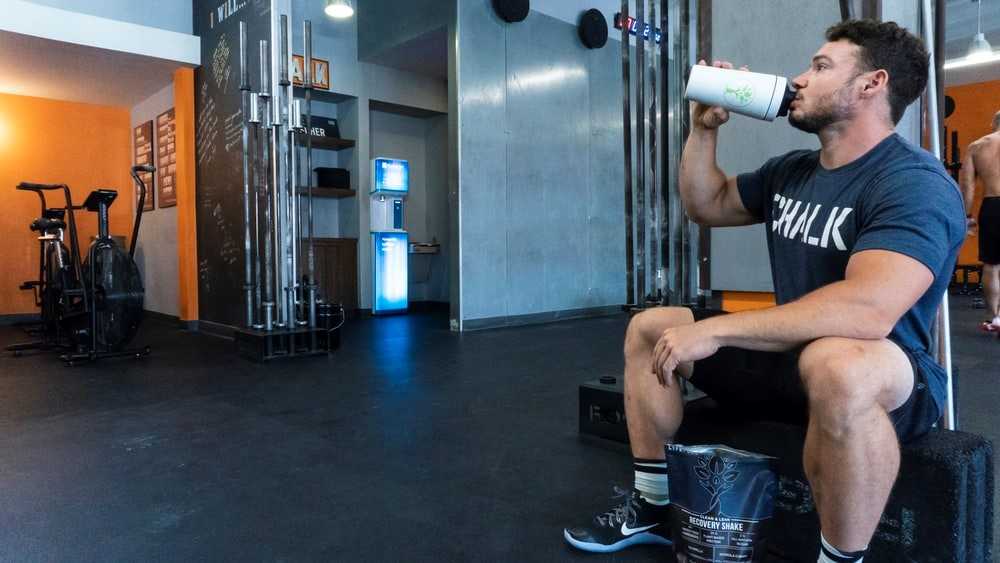
That is the reason when we consider high protein foods, we shouldn’t be considering very low carb options only. This becomes a bit more challenging when one has to choose from vegetarian protein sources. That’s why there is a difference in nutrition for health & longevity, and nutrition for athletes.
Based on the above factors, the best protein sources for both veg and non-veg are:

- Milk, its products and supplements – whole milk, paneer, curd, whey protein, casein protein etc.
- Eggs & Meat products – whole eggs, chicken, fish, red meat etc.
- Soy – soy protein supplement, tofu, and other soy products.
- Plant protein supplement
- Pulses – peas (different types of chana or chhole, green peas), beans (different rajma), lentils (all dals)
- Peanuts
- Nuts: almonds, cashews, walnuts etc.
- Seeds – chia, pumpkin, hemp etc.
- Grains – Quinoa, Amaranth, Oats, rice etc.
- Supergreens – Spirulina, Moringa, Alfa-Alfa, Wheat grass, Barley grass.
- Sprouted dal and chana.
- Vegetables – spinach, broccoli, sweet potatoes, kale, cabbage, cauliflower etc.

